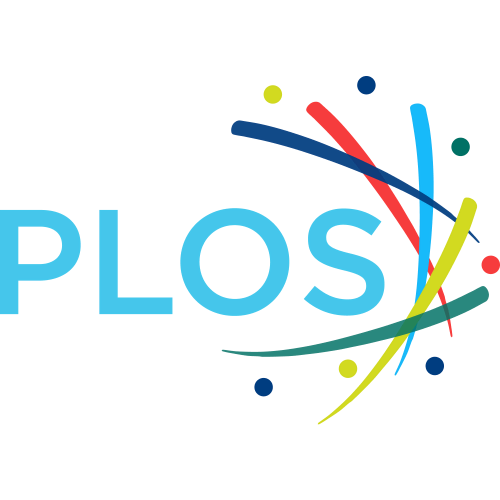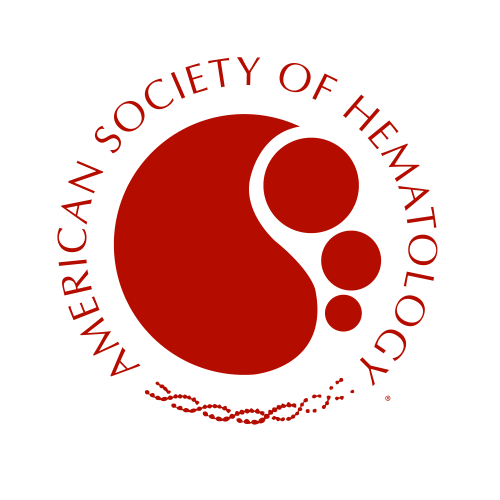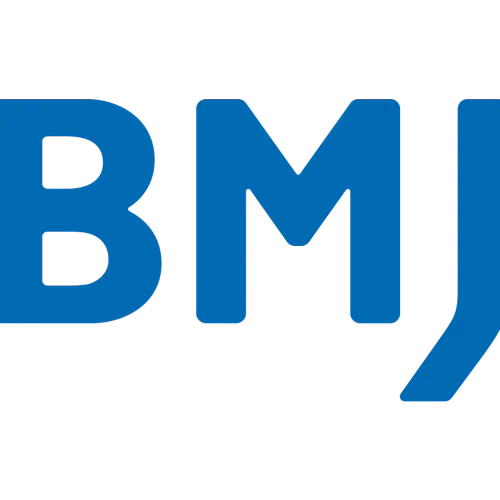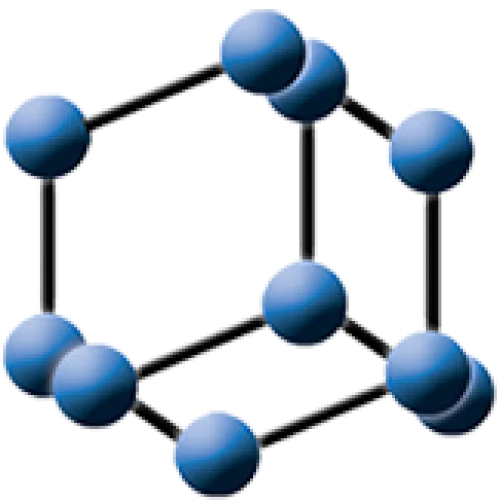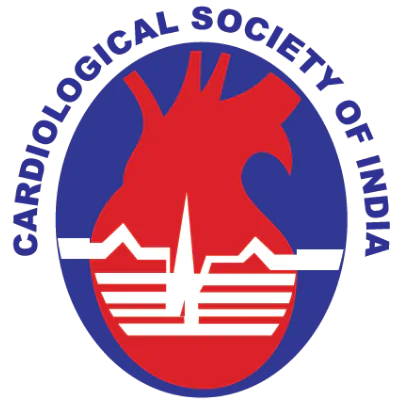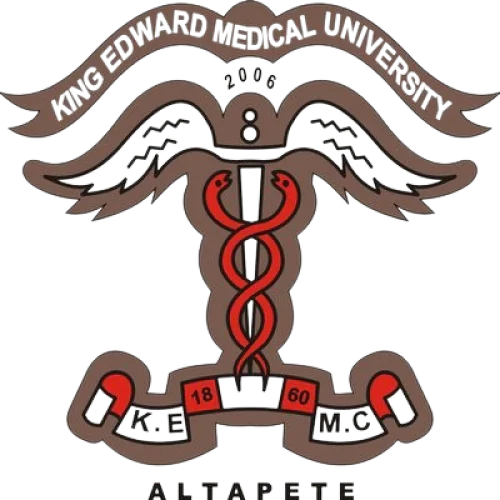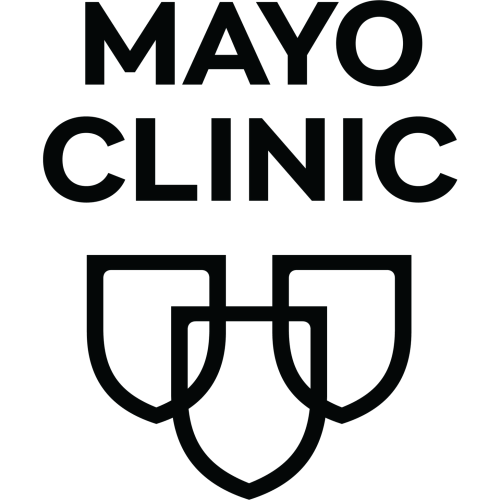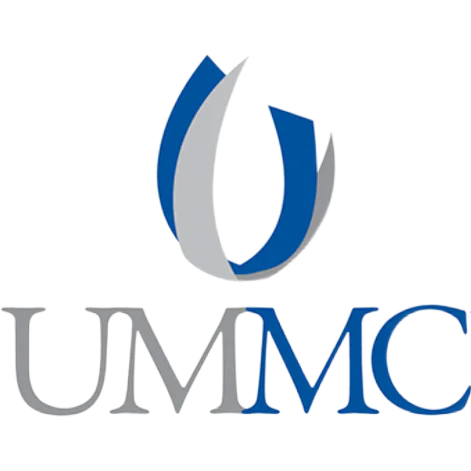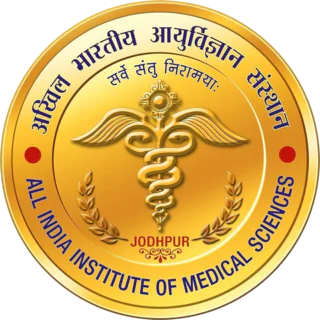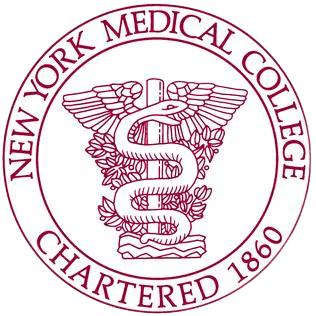Dow University of Health Sciences
Are you a researcher?
Create a profile to get free access to personal recommendations for colleagues and new articles.
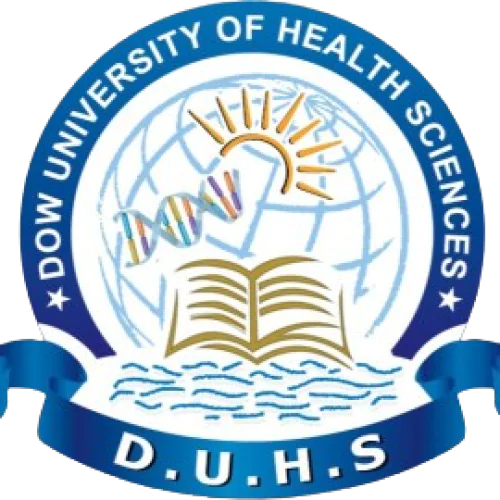
Publications
4 507
Citations
35 560
h-index
69
Top-3 journals
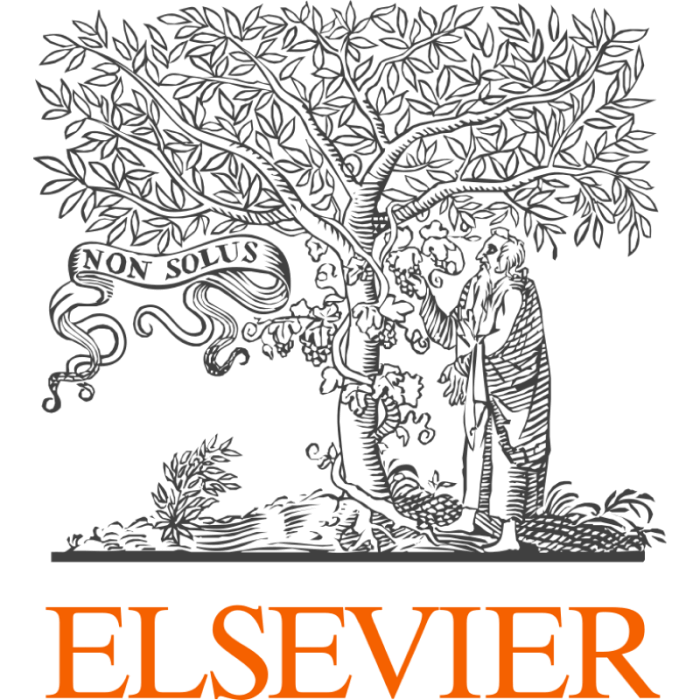
Annals of Medicine and Surgery
(264 publications)

Circulation
(160 publications)

Current Problems in Cardiology
(80 publications)
Top-3 organizations

University of Karachi
(549 publications)

Jinnah Sindh Medical University
(438 publications)

King Edward Medical University
(288 publications)
Top-3 foreign organizations

Mayo Clinic
(175 publications)

Imperial College London
(133 publications)

Cleveland Clinic
(103 publications)
Top-3 researchers by h-index
Most cited in 5 years
Found
Nothing found, try to update filter.
Found
Nothing found, try to update filter.
Since 2004
Total publications
4507
Total citations
35560
Citations per publication
7.89
Average publications per year
195.96
Average authors per publication
7.82
h-index
69
Metrics description
h-index
A scientist has an h-index if h of his N publications are cited at least h times each, while the remaining (N - h) publications are cited no more than h times each.
Top-30
Fields of science
|
100
200
300
400
500
600
700
800
900
|
|
|
General Medicine
|
General Medicine, 857, 19.01%
General Medicine
857 publications, 19.01%
|
|
Surgery
|
Surgery, 328, 7.28%
Surgery
328 publications, 7.28%
|
|
Cardiology and Cardiovascular Medicine
|
Cardiology and Cardiovascular Medicine, 304, 6.75%
Cardiology and Cardiovascular Medicine
304 publications, 6.75%
|
|
Public Health, Environmental and Occupational Health
|
Public Health, Environmental and Occupational Health, 192, 4.26%
Public Health, Environmental and Occupational Health
192 publications, 4.26%
|
|
Infectious Diseases
|
Infectious Diseases, 175, 3.88%
Infectious Diseases
175 publications, 3.88%
|
|
Oncology
|
Oncology, 132, 2.93%
Oncology
132 publications, 2.93%
|
|
Psychiatry and Mental health
|
Psychiatry and Mental health, 106, 2.35%
Psychiatry and Mental health
106 publications, 2.35%
|
|
Neurology (clinical)
|
Neurology (clinical), 92, 2.04%
Neurology (clinical)
92 publications, 2.04%
|
|
Pharmacology (medical)
|
Pharmacology (medical), 88, 1.95%
Pharmacology (medical)
88 publications, 1.95%
|
|
Cancer Research
|
Cancer Research, 85, 1.89%
Cancer Research
85 publications, 1.89%
|
|
Pharmacology
|
Pharmacology, 78, 1.73%
Pharmacology
78 publications, 1.73%
|
|
Health Policy
|
Health Policy, 74, 1.64%
Health Policy
74 publications, 1.64%
|
|
Endocrinology, Diabetes and Metabolism
|
Endocrinology, Diabetes and Metabolism, 69, 1.53%
Endocrinology, Diabetes and Metabolism
69 publications, 1.53%
|
|
Hematology
|
Hematology, 68, 1.51%
Hematology
68 publications, 1.51%
|
|
General Dentistry
|
General Dentistry, 63, 1.4%
General Dentistry
63 publications, 1.4%
|
|
Multidisciplinary
|
Multidisciplinary, 62, 1.38%
Multidisciplinary
62 publications, 1.38%
|
|
Pulmonary and Respiratory Medicine
|
Pulmonary and Respiratory Medicine, 62, 1.38%
Pulmonary and Respiratory Medicine
62 publications, 1.38%
|
|
Internal Medicine
|
Internal Medicine, 62, 1.38%
Internal Medicine
62 publications, 1.38%
|
|
Biochemistry
|
Biochemistry, 60, 1.33%
Biochemistry
60 publications, 1.33%
|
|
General Biochemistry, Genetics and Molecular Biology
|
General Biochemistry, Genetics and Molecular Biology, 55, 1.22%
General Biochemistry, Genetics and Molecular Biology
55 publications, 1.22%
|
|
Epidemiology
|
Epidemiology, 55, 1.22%
Epidemiology
55 publications, 1.22%
|
|
Immunology
|
Immunology, 52, 1.15%
Immunology
52 publications, 1.15%
|
|
Gastroenterology
|
Gastroenterology, 49, 1.09%
Gastroenterology
49 publications, 1.09%
|
|
Cell Biology
|
Cell Biology, 45, 1%
Cell Biology
45 publications, 1%
|
|
Virology
|
Virology, 44, 0.98%
Virology
44 publications, 0.98%
|
|
Obstetrics and Gynecology
|
Obstetrics and Gynecology, 44, 0.98%
Obstetrics and Gynecology
44 publications, 0.98%
|
|
Pediatrics, Perinatology and Child Health
|
Pediatrics, Perinatology and Child Health, 44, 0.98%
Pediatrics, Perinatology and Child Health
44 publications, 0.98%
|
|
Microbiology (medical)
|
Microbiology (medical), 40, 0.89%
Microbiology (medical)
40 publications, 0.89%
|
|
Molecular Biology
|
Molecular Biology, 36, 0.8%
Molecular Biology
36 publications, 0.8%
|
|
Pharmaceutical Science
|
Pharmaceutical Science, 36, 0.8%
Pharmaceutical Science
36 publications, 0.8%
|
|
100
200
300
400
500
600
700
800
900
|
Journals
|
50
100
150
200
250
300
|
|
|
Annals of Medicine and Surgery
264 publications, 5.86%
|
|
|
Circulation
160 publications, 3.55%
|
|
|
Current Problems in Cardiology
80 publications, 1.78%
|
|
|
Journal of Clinical Oncology
75 publications, 1.66%
|
|
|
International Journal of Surgery Global Health
62 publications, 1.38%
|
|
|
PLoS ONE
54 publications, 1.2%
|
|
|
Journal of the American College of Cardiology
50 publications, 1.11%
|
|
|
Journal of the Society for Cardiovascular Angiography & Interventions
47 publications, 1.04%
|
|
|
Health Science Reports
43 publications, 0.95%
|
|
|
Neurosurgical Review
40 publications, 0.89%
|
|
|
American Journal of Cardiology
38 publications, 0.84%
|
|
|
Clinical Case Reports
37 publications, 0.82%
|
|
|
Clinical Lymphoma, Myeloma and Leukemia
34 publications, 0.75%
|
|
|
Neurology
33 publications, 0.73%
|
|
|
Blood
31 publications, 0.69%
|
|
|
BMC Oral Health
30 publications, 0.67%
|
|
|
American Journal of Therapeutics
29 publications, 0.64%
|
|
|
Cardiology in Review
27 publications, 0.6%
|
|
|
American Journal of Gastroenterology
26 publications, 0.58%
|
|
|
Medicine (United States)
26 publications, 0.58%
|
|
|
Journal of Cardiac Surgery
24 publications, 0.53%
|
|
|
International Journal of Surgery
23 publications, 0.51%
|
|
|
Journal of Taibah University Medical Sciences
23 publications, 0.51%
|
|
|
World Neurosurgery
22 publications, 0.49%
|
|
|
Frontiers in Public Health
22 publications, 0.49%
|
|
|
Journal of Infection and Public Health
22 publications, 0.49%
|
|
|
Journal of Medical Virology
22 publications, 0.49%
|
|
|
Asian Journal of Psychiatry
21 publications, 0.47%
|
|
|
BMC Research Notes
20 publications, 0.44%
|
|
|
Journal of Community Hospital Internal Medicine Perspectives
20 publications, 0.44%
|
|
|
50
100
150
200
250
300
|
Publishers
|
200
400
600
800
1000
1200
1400
|
|
|
Elsevier
1263 publications, 28.02%
|
|
|
Springer Nature
723 publications, 16.04%
|
|
|
Ovid Technologies (Wolters Kluwer Health)
637 publications, 14.13%
|
|
|
Wiley
397 publications, 8.81%
|
|
|
SAGE
202 publications, 4.48%
|
|
|
Taylor & Francis
138 publications, 3.06%
|
|
|
MDPI
136 publications, 3.02%
|
|
|
Frontiers Media S.A.
103 publications, 2.29%
|
|
|
American Society of Clinical Oncology (ASCO)
80 publications, 1.78%
|
|
|
Oxford University Press
66 publications, 1.46%
|
|
|
Public Library of Science (PLoS)
55 publications, 1.22%
|
|
|
Hindawi Limited
52 publications, 1.15%
|
|
|
BMJ
51 publications, 1.13%
|
|
|
Georg Thieme Verlag KG
46 publications, 1.02%
|
|
|
Cambridge University Press
45 publications, 1%
|
|
|
Bentham Science Publishers Ltd.
43 publications, 0.95%
|
|
|
American Society of Hematology
33 publications, 0.73%
|
|
|
Edizioni Minerva Medica
28 publications, 0.62%
|
|
|
Baishideng Publishing Group
27 publications, 0.6%
|
|
|
Greater Baltimore Medical Center
20 publications, 0.44%
|
|
|
F1000 Research
19 publications, 0.42%
|
|
|
The Endocrine Society
18 publications, 0.4%
|
|
|
Academic Journals
16 publications, 0.36%
|
|
|
Mary Ann Liebert
15 publications, 0.33%
|
|
|
Cardiological Society of India
14 publications, 0.31%
|
|
|
Medknow
13 publications, 0.29%
|
|
|
King Saud University
11 publications, 0.24%
|
|
|
American Medical Association (AMA)
11 publications, 0.24%
|
|
|
American Society of Tropical Medicine and Hygiene
10 publications, 0.22%
|
|
|
Jaypee Brothers Medical Publishing
10 publications, 0.22%
|
|
|
200
400
600
800
1000
1200
1400
|
With other organizations
|
100
200
300
400
500
600
|
|
|
University of Karachi
549 publications, 12.18%
|
|
|
Jinnah Sindh Medical University
438 publications, 9.72%
|
|
|
King Edward Medical University
288 publications, 6.39%
|
|
|
Aga Khan University
254 publications, 5.64%
|
|
|
Karachi Medical and Dental College
217 publications, 4.81%
|
|
|
Mayo Clinic
175 publications, 3.88%
|
|
|
Aga Khan University Hospital
174 publications, 3.86%
|
|
|
Imperial College London
133 publications, 2.95%
|
|
|
Cleveland Clinic
103 publications, 2.29%
|
|
|
Hamad Medical Corporation
101 publications, 2.24%
|
|
|
West Virginia University
80 publications, 1.78%
|
|
|
University of Peshawar
78 publications, 1.73%
|
|
|
Khyber Medical College
77 publications, 1.71%
|
|
|
Bahria University
72 publications, 1.6%
|
|
|
Yale University
61 publications, 1.35%
|
|
|
University of Mississippi Medical Center
61 publications, 1.35%
|
|
|
All India Institute of Medical Sciences, Jodhpur
60 publications, 1.33%
|
|
|
Shaheed Mohtarma Benazir Bhutto Medical University
60 publications, 1.33%
|
|
|
University of Manchester
60 publications, 1.33%
|
|
|
Harvard University
60 publications, 1.33%
|
|
|
Duke University Hospital
57 publications, 1.26%
|
|
|
University of Arizona
57 publications, 1.26%
|
|
|
King Saud University
53 publications, 1.18%
|
|
|
University of Louisville
53 publications, 1.18%
|
|
|
New York Medical College
53 publications, 1.18%
|
|
|
Riphah International University
51 publications, 1.13%
|
|
|
King Faisal University
49 publications, 1.09%
|
|
|
Imam Abdulrahman Bin Faisal University
49 publications, 1.09%
|
|
|
Hamdard University
48 publications, 1.07%
|
|
|
Wayne State University
46 publications, 1.02%
|
|
|
100
200
300
400
500
600
|
With foreign organizations
|
20
40
60
80
100
120
140
160
180
|
|
|
Mayo Clinic
175 publications, 3.88%
|
|
|
Imperial College London
133 publications, 2.95%
|
|
|
Cleveland Clinic
103 publications, 2.29%
|
|
|
Hamad Medical Corporation
101 publications, 2.24%
|
|
|
West Virginia University
80 publications, 1.78%
|
|
|
Yale University
61 publications, 1.35%
|
|
|
University of Mississippi Medical Center
61 publications, 1.35%
|
|
|
All India Institute of Medical Sciences, Jodhpur
60 publications, 1.33%
|
|
|
University of Manchester
60 publications, 1.33%
|
|
|
Harvard University
60 publications, 1.33%
|
|
|
Duke University Hospital
57 publications, 1.26%
|
|
|
University of Arizona
57 publications, 1.26%
|
|
|
King Saud University
53 publications, 1.18%
|
|
|
University of Louisville
53 publications, 1.18%
|
|
|
New York Medical College
53 publications, 1.18%
|
|
|
King Faisal University
49 publications, 1.09%
|
|
|
Imam Abdulrahman Bin Faisal University
49 publications, 1.09%
|
|
|
Wayne State University
46 publications, 1.02%
|
|
|
Johns Hopkins University
45 publications, 1%
|
|
|
University of Glasgow
43 publications, 0.95%
|
|
|
Baylor College of Medicine
43 publications, 0.95%
|
|
|
Houston Methodist Hospital
42 publications, 0.93%
|
|
|
Mawlana Bhashani Science and Technology University
40 publications, 0.89%
|
|
|
Duke University
39 publications, 0.87%
|
|
|
University of Toronto
39 publications, 0.87%
|
|
|
University of Toledo
39 publications, 0.87%
|
|
|
University of Texas Health Science Center at San Antonio
38 publications, 0.84%
|
|
|
Taibah University
37 publications, 0.82%
|
|
|
University of Science, Malaysia
34 publications, 0.75%
|
|
|
Creighton University
34 publications, 0.75%
|
|
|
20
40
60
80
100
120
140
160
180
|
With other countries
|
200
400
600
800
1000
1200
|
|
|
USA
|
USA, 1051, 23.32%
USA
1051 publications, 23.32%
|
|
United Kingdom
|
United Kingdom, 330, 7.32%
United Kingdom
330 publications, 7.32%
|
|
India
|
India, 281, 6.23%
India
281 publications, 6.23%
|
|
Saudi Arabia
|
Saudi Arabia, 218, 4.84%
Saudi Arabia
218 publications, 4.84%
|
|
Bangladesh
|
Bangladesh, 142, 3.15%
Bangladesh
142 publications, 3.15%
|
|
Canada
|
Canada, 124, 2.75%
Canada
124 publications, 2.75%
|
|
Afghanistan
|
Afghanistan, 122, 2.71%
Afghanistan
122 publications, 2.71%
|
|
China
|
China, 108, 2.4%
China
108 publications, 2.4%
|
|
Malaysia
|
Malaysia, 79, 1.75%
Malaysia
79 publications, 1.75%
|
|
Qatar
|
Qatar, 77, 1.71%
Qatar
77 publications, 1.71%
|
|
Egypt
|
Egypt, 68, 1.51%
Egypt
68 publications, 1.51%
|
|
Nepal
|
Nepal, 68, 1.51%
Nepal
68 publications, 1.51%
|
|
Democratic Republic of the Congo
|
Democratic Republic of the Congo, 56, 1.24%
Democratic Republic of the Congo
56 publications, 1.24%
|
|
Australia
|
Australia, 49, 1.09%
Australia
49 publications, 1.09%
|
|
Ukraine
|
Ukraine, 45, 1%
Ukraine
45 publications, 1%
|
|
Nigeria
|
Nigeria, 45, 1%
Nigeria
45 publications, 1%
|
|
UAE
|
UAE, 45, 1%
UAE
45 publications, 1%
|
|
Sudan
|
Sudan, 43, 0.95%
Sudan
43 publications, 0.95%
|
|
Jordan
|
Jordan, 42, 0.93%
Jordan
42 publications, 0.93%
|
|
Italy
|
Italy, 42, 0.93%
Italy
42 publications, 0.93%
|
|
Germany
|
Germany, 35, 0.78%
Germany
35 publications, 0.78%
|
|
Iraq
|
Iraq, 31, 0.69%
Iraq
31 publications, 0.69%
|
|
Lebanon
|
Lebanon, 31, 0.69%
Lebanon
31 publications, 0.69%
|
|
Ireland
|
Ireland, 29, 0.64%
Ireland
29 publications, 0.64%
|
|
Iran
|
Iran, 27, 0.6%
Iran
27 publications, 0.6%
|
|
Brazil
|
Brazil, 25, 0.55%
Brazil
25 publications, 0.55%
|
|
Netherlands
|
Netherlands, 23, 0.51%
Netherlands
23 publications, 0.51%
|
|
Switzerland
|
Switzerland, 22, 0.49%
Switzerland
22 publications, 0.49%
|
|
Spain
|
Spain, 21, 0.47%
Spain
21 publications, 0.47%
|
|
200
400
600
800
1000
1200
|
- We do not take into account publications without a DOI.
- Statistics recalculated daily.
- Publications published earlier than 2004 are ignored in the statistics.
- The horizontal charts show the 30 top positions.
- Journals quartiles values are relevant at the moment.






